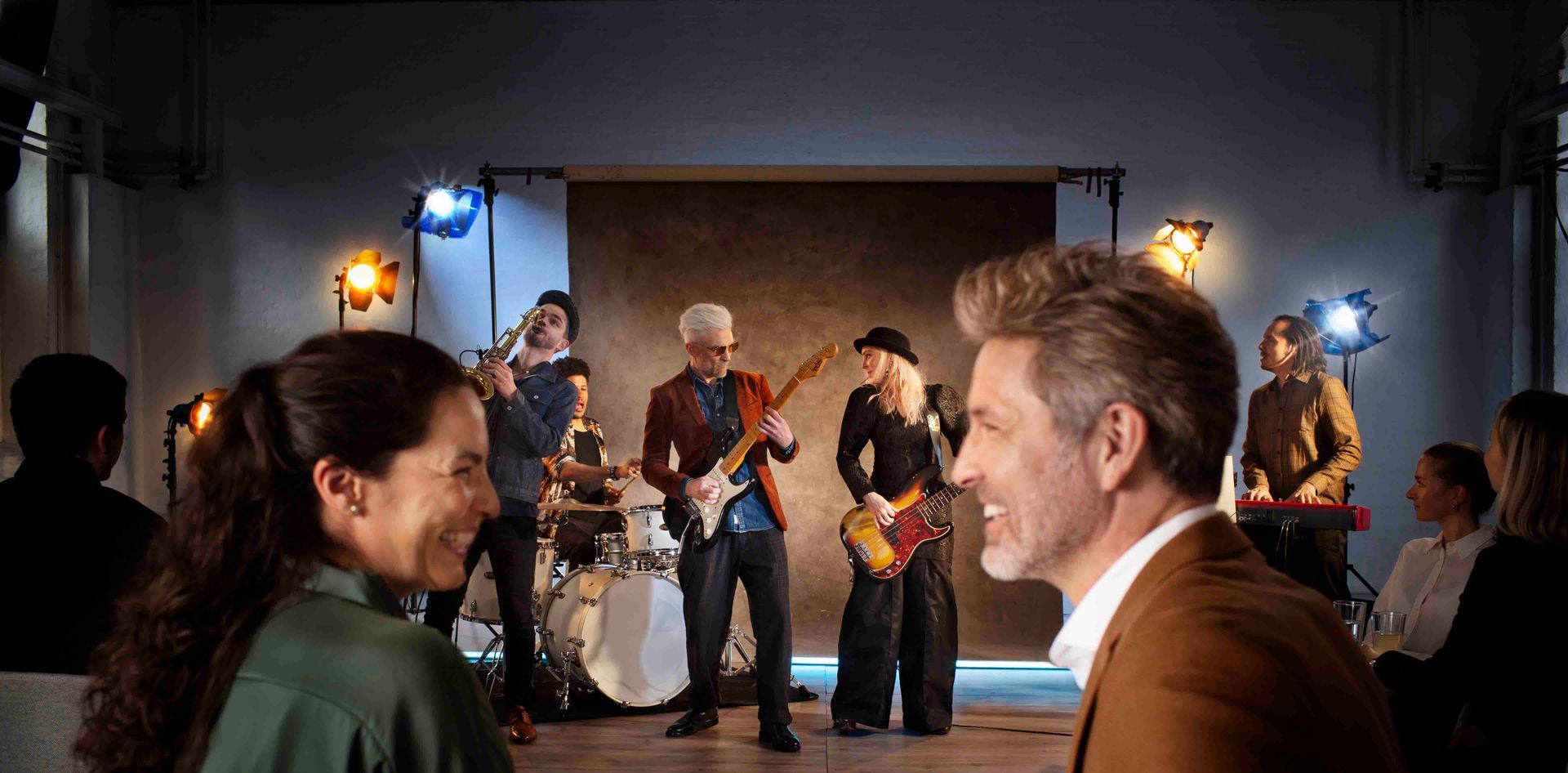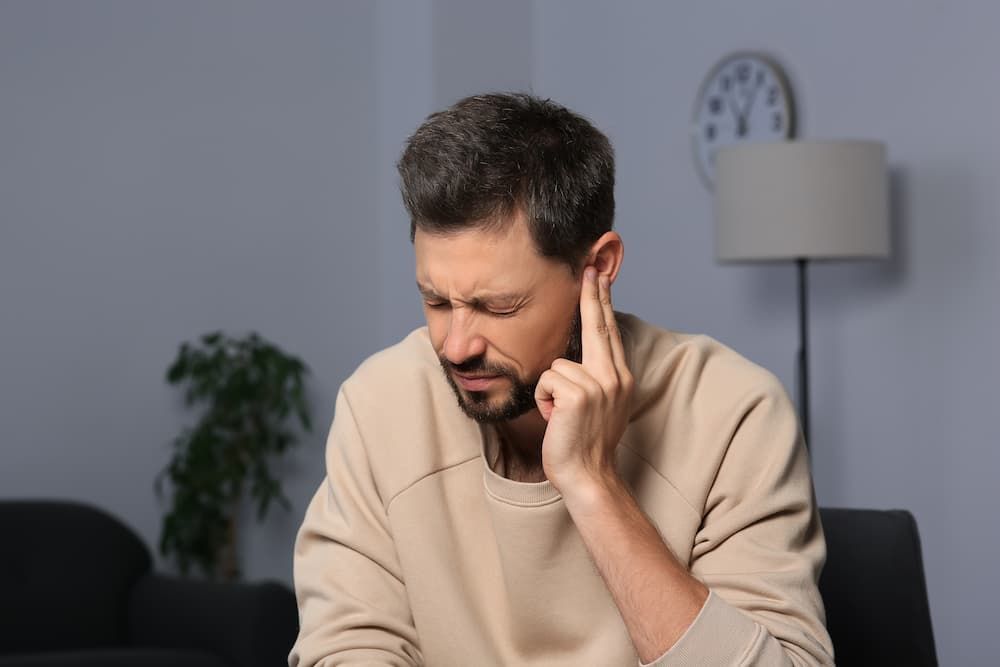Gene-Editing Tool Saves The Hearing Of Beethoven Mice?

Gene-Editing Tool Saves The Hearing Of Beethoven Mice?
 Researchers from the Boston Children’s Hospital and Harvard Medical School used an innovative gene-editing system in order to recover the hearing abilities in mice that had genetic hearing-loss. The project was successful without harmful or unwanted side-effects.
Researchers from the Boston Children’s Hospital and Harvard Medical School used an innovative gene-editing system in order to recover the hearing abilities in mice that had genetic hearing-loss. The project was successful without harmful or unwanted side-effects.
The latest approach involves a more enhanced and precise version of the CRISPR-Cas9 gene-editing system. This system is better able to recognize a mutation which results in hearing loss that is progressive in an animal model called the "Beethoven mice." The tool provided researchers with a way to disable Tmc1 which is a hearing gene known as the defective-copy without affecting or disturbing the copy that is healthy.
David Corey, Ph.D., a co-senior investigator of the study stated that the aspect that was the most surprising was how well it worked, providing just about undetectable cutting when it came to the inappropriate genes. He went onto say that this significantly reduces the risks in clinical settings, and also means that the CRISPR approaches might be ready for use for the purpose of gene therapy a lot sooner than expected.
 The Beethoven mice in this study underwent treatment for the very same genetic-mutation which causes hearing loss that is progressive in humans. Without any therapy, these mice go deaf completely after they have reached 6 months of age. With therapy, which was described recently in Nature Medicine, the mice are now able to detect sounds at around 45 dB, which can be compared to a standard conversation level. In the mice, this mutation is associated with 1 incorrect letter, which is an A instead of a T, in a DNA sequence of the Tmc1 gene. It is this 1 incorrect letter which marks the differences between deafness and normal hearing.
The Beethoven mice in this study underwent treatment for the very same genetic-mutation which causes hearing loss that is progressive in humans. Without any therapy, these mice go deaf completely after they have reached 6 months of age. With therapy, which was described recently in Nature Medicine, the mice are now able to detect sounds at around 45 dB, which can be compared to a standard conversation level. In the mice, this mutation is associated with 1 incorrect letter, which is an A instead of a T, in a DNA sequence of the Tmc1 gene. It is this 1 incorrect letter which marks the differences between deafness and normal hearing.
The system was able to recognize the 1 incorrect DNA letter from a defective-copy across 3 billion letters in the genome of a mouse. Regardless of this success, there is still a lot of work required before this therapy of gene-editing will be appropriate for human use, stated the authors of this study. However, this latest therapy has become necessary to improve the effectiveness and safety associated with the standard gene-editing technique.
Corey told the Hearing Journal that this specific mutation that they were studying in mice happens to be somewhat rare when it comes to humans, which somewhat limits the overall impact of this research. Corey does go onto say that when they analyzed the DNA sequences for the disease-causing mutations that are known in various other genes, they were surprised to discover that many of these, close to a quarter, could also be targeted with the modified SaCas9-KKH.
With the original CRISPR-Cas9 gene-editing tools, they worked in the way of using a "guiding molecule" known as gRNA, in order to identify a DNA sequence that is mutant. When the mutant DNA has been detected, the Cas9 enzyme cuts it off. Up until now, gene-editors have not been very accurate. In order to overcome this challenge, researchers have adapted the tool which was developed originally by Keith Joung, MD, Ph.D., and Ben Kleinstiver, Ph.D., in the way of using a modified Cas9 enzyme derived from Staphylococcus aureus rather than the bacterium Streptococcus pyogenes, that the original Cas9 was derived from. In order to improve the accuracy of detection, the latest system utilizes the gRNA to detect mutant genes along with the optimized Cas9 in order to find the specific DNA mutation.
The idea that is critical to this study has to do with how it is used, along with the guide RNA, of the “PAM site”, in a modified SaCas9-KKH enzyme which mediates a secondary-recognition of a mutant gene, states Corey. He goes onto say that they were hoping this approach would lower off-target effects of the Cas9, which involved either inappropriately cutting of a normal copy of the TMC1 gene or inappropriately cutting off any other genes that are unrelated.
 Corey along with his team injected this treatment inside the inner ears of the mice. On further investigation, they discovered that this tool worked as the editing occurred only inside the inner ears of these mice. In order to study this evidence, they also stimulated hair cells of these mice which did not carry these mutant cells. The study also involved measuring auditory-brainstem responses in order to decide whether this therapy worked.
Corey along with his team injected this treatment inside the inner ears of the mice. On further investigation, they discovered that this tool worked as the editing occurred only inside the inner ears of these mice. In order to study this evidence, they also stimulated hair cells of these mice which did not carry these mutant cells. The study also involved measuring auditory-brainstem responses in order to decide whether this therapy worked.
Due to the ability of the tool to target the single-point gene mutations, this system is able to mediate as much as 15 other types of deafness that are inherited which are also caused from a single-letter mutation in the DNA sequences of the other types of hearing genes.
Corey says that they will continue to work alongside other colleagues within the field linked to deafness and hearing in order to apply the method to other types of deafness that are hereditary. They are hoping that others that work in the community of gene therapy will take on these approaches to treat other disorders.
The information provided in this article is not meant to be medical advice and is for educational purposes only. If you would like to learn more about this and other hearing-related topics, feel free to contact Tinnitus & Hearing Center of Arizona by clicking here or by calling 480-831-6159.











